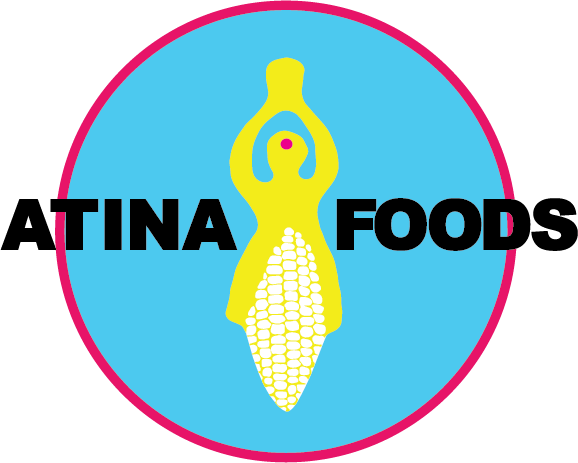This past week, four of us tumbled over to Roxbury NY to gather bundles of rhubarb to make our next batch of Rhubarb Ginger Herbal Jam at our friend Tovey’s farm with no name. Harvesting in the heat of the July day, kneeling amongst massive, sun-soaked leaves and magenta stalks packed with all the sunshine and rain of the summer, brings also to mind the memories that these are amongst the first spring shoots to appear in spring; all red knuckles and newborn rumbled leaves, letting you know you’ve made it through the black and white of winter once more.
We harvest with vigor and gratitude, leaving a third of each plant so that the leaves can save up enough sunlight in the roots for her winter supply, just as we want to make sure to have enough rhubarb sunshine stored up in our pantries for the shorter days.
The rhubarb pulls me in and my mind wanders. Each plant is called a ‘crown,’ which is certainly fitting for its deep magenta shades and royally extravagant leaves, but I like to think that these reign not as a monarchy but as a matriarchal presence, in collaboration with the bacteria in the soil, and the gnats which hatch in their seeds and eat them, later return to pollinate them, in a dance of symbiosis and reciprocity. Or maybe I just feel this way because my mother always loved rhubarb so much.
Although rhubarb is such a staple of the habited northeastern landscape and is a resident in the soil of our collective memories, the plant comes originally from western China, where it was used as a medicine rather than a food. What is a native plant, anyways, in our shifting landscapes and foodways? As we follow at Atina the Ayurvedic traditions which practice that the best medicine for you is often that which is rooted in the soil where you are, the rhubarb is a perfect embodiment of that synergy of global and local food and medicine.
The rhubarb is a perfect replacement for tamarind in our local variation on the traditional Inji Puli that hails from Kerala. Tamarind, like rhubarb, has a sour depth of flavor that teases sweetness and begs to be paired with sugar to bring balance to the effervescent pucker. Both plants are both known to be strong allies to aid digestion, and paired with the ginger and spices in our jam, the body is able to better absorb the nutrients they lend. The delight here is that though rhubarb and tamarind share a delicious tartness, and similar health benefits, they create two entirely unique condiments, with the rhubarb offering a softer, gentler taste which is often favorable for people here whose palates have, like the rhubarb, adapted to the tastes of the local foodways.
These crowns of rhubarb at Tovey’s unnamed farm allow us to come full circle, honoring the paths of the plant’s journey throughout the world, the plant’s cycles through the seasons, and finally its spiral out to this new synergy between food and medicine, local plants and global traditions. As we all adapt to existing in a globalized world filled with uncertainty, moving parts, and changing landscapes, one thing I am certain of as I rummage in the rhubarb at the farm with no name is that we can bring these seemingly disparate parts together to create new synergies of flavor and health, marrying ingredients grown here in this rocky soil by our friends with the rich knowledge of healthful flavor traditions from across the earth. And I am certain, too, that these generous, motherly crowns of rhubarb are happy to be sharing.



